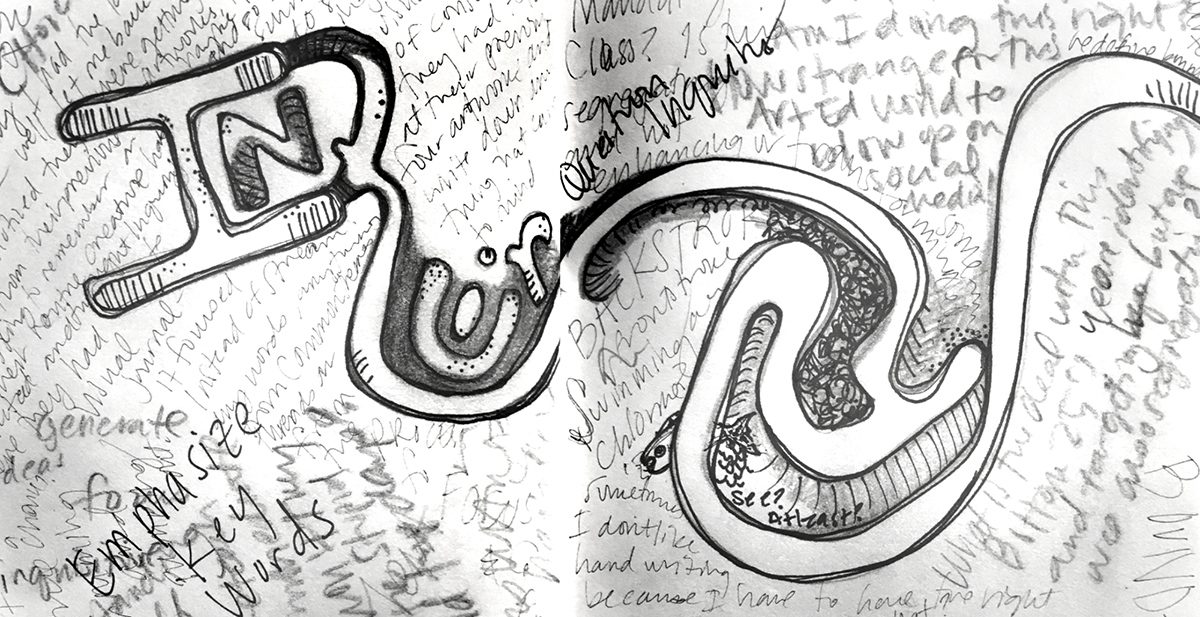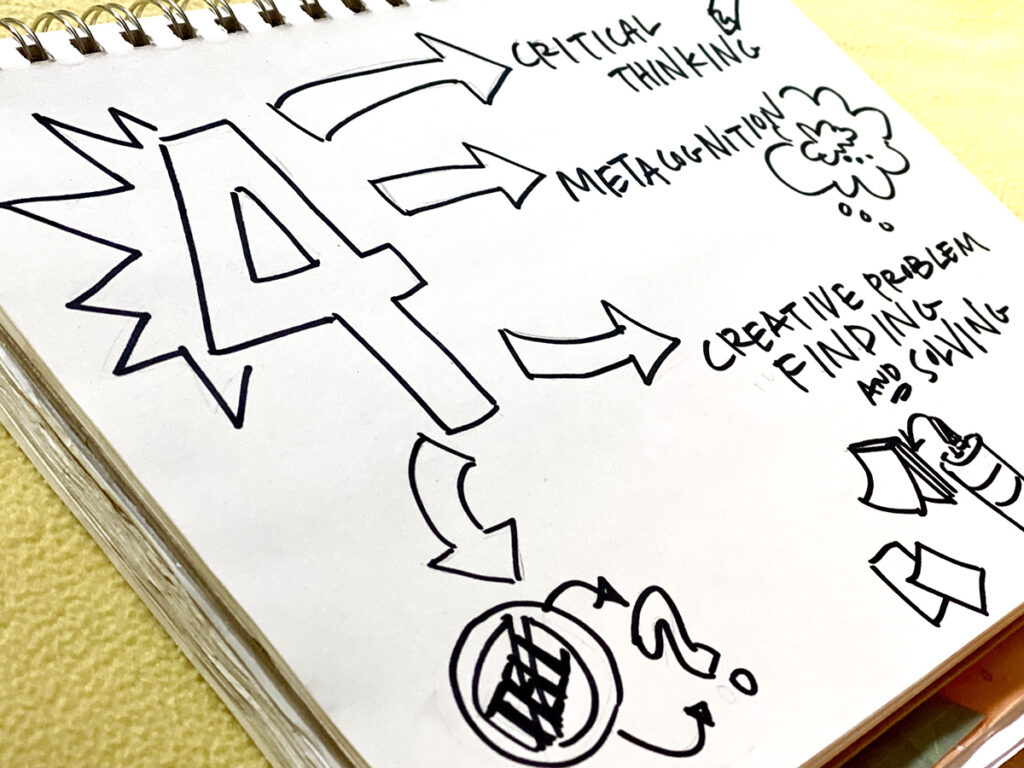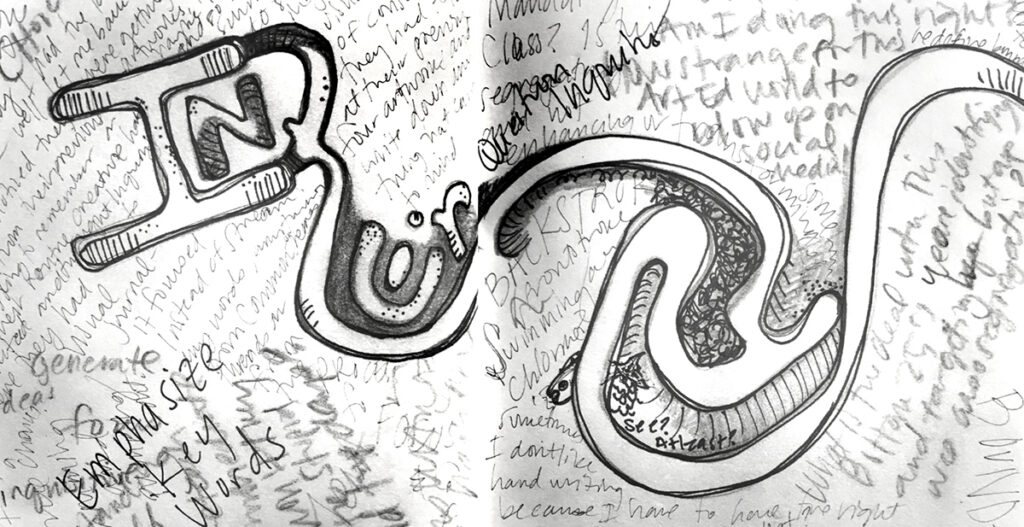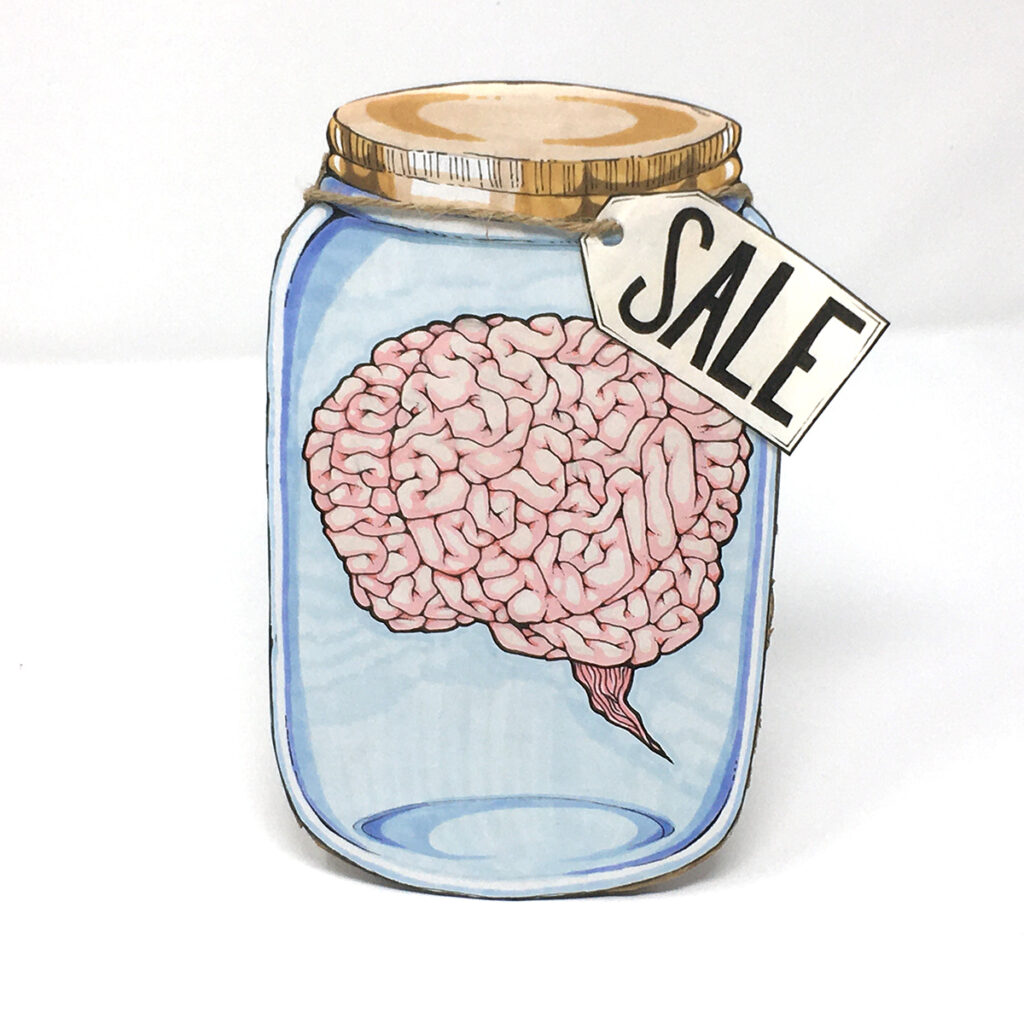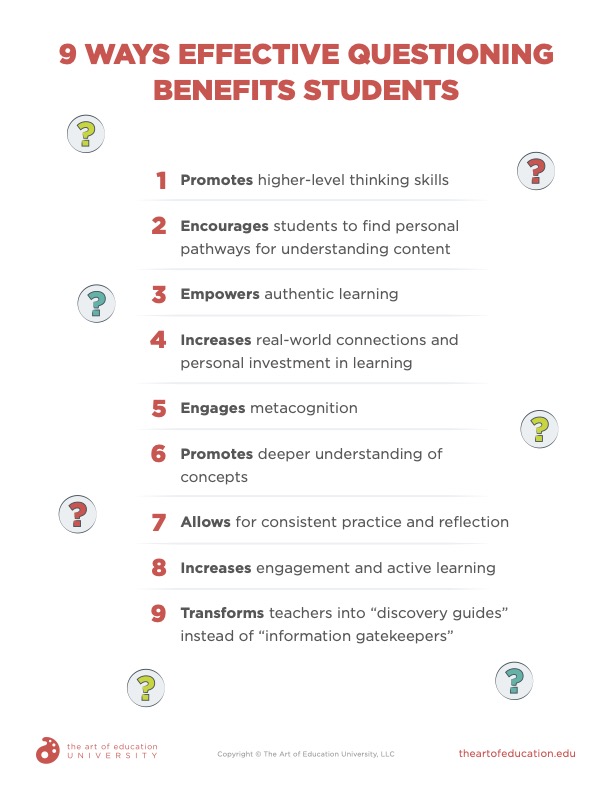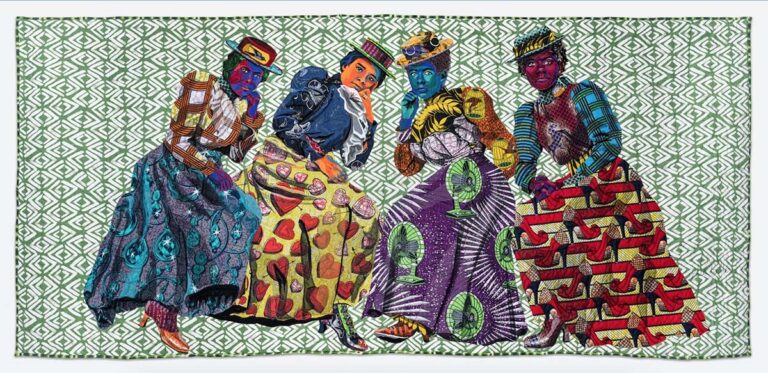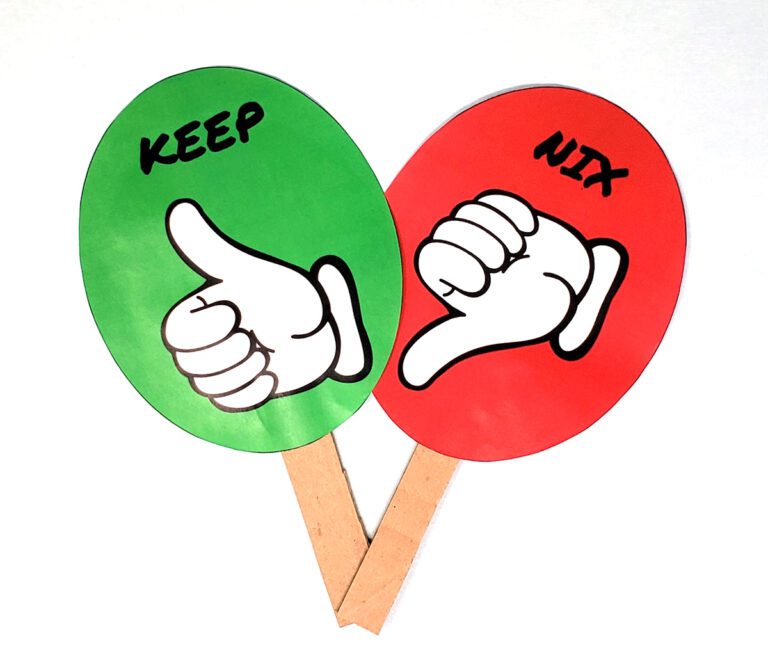Asking the right question at the right time is powerful. Questioning is a great way to promote student confidence and engagement. Scaffolded questioning deepens student understanding and guides students into creating meaning and connections. As you plan your lessons and units this upcoming school year, let questioning strategies drive your instruction.
Let’s take a look at different types of questions, how you can incorporate them, and why they are essential.
Pre-Assessment and the Instructional Pivot
There’s that icky word again—assessment. There is no better way to check for understanding than through questioning! The types of questions you ask and the way you ask them throughout all stages of learning will help you understand more about your students.
Types of assessment questions range depending on what information you want to know.
- Before you start a lesson, incorporate diagnostic-type questions. These are questions that tell us what students know and how well they know it before starting a new skill.
- Use strategic questioning to engage prior knowledge. It’s not fair to make assumptions about what students know. Instead, let these questions inform the baseline content of your instruction. At times, strategic questioning will reveal that students need a review or reteaching. Other times, you can dig deeper into a topic and share more advanced techniques.
Creative Thinking for Ideation
Challenge students to think outside of the box. Far too often students get stuck on what they think they can’t do. To help counter this problem, ask students to consider an endless amount of possibilities. Even if their vision or goal is unrealistic, empower students to think without limits. For example, what happens when a student wants to create a working music box? The student knows as well as you do that they don’t have the skills to create that… yet.
What happens, if instead of saying “no,” we say, “what if?”
What does it look like to consider constraints? Teach students how to consider their limits, research the “how-to,” and determine other options when they run into obstacles. Pondering big questions that are outside of a student’s understanding or ability allows them to take a tough problem and consider different, creative solutions. This kind of questioning does take time, so provide space in your lessons for students to do this. Then, when a student comes to you with a problem, keep asking them questions to guide them to their own solutions.
For more on using creative thinking to solve complex problems, check out AOEU’s course, Innovation Through Design.
Critical Thinking for Authentic Learning
Guide your students to think for themselves and show them you are not the keeper of all information. Students may get frustrated when they ask a question and receive a question in response. But remember, you are setting them up for long-term success by reinforcing learning.
Take the student that is struggling to hold their clay coils together, for example. It is quicker and easier to tell them what to do, but it would be more helpful in the long run to let them make their own decisions through risk-taking and trial and error. Ask the student how they might solve the problem on their own. Give them the opportunity to think through the situation or phone a friend for help. This engages strong, long-lasting connections and critical problem-solving. This also places the responsibility of learning back onto the students.
Push students to think deeper or ponder other avenues. We all know that student who insists on making a heart-shaped pinch pot. That kid is screaming for some good, effective questioning!
Challenge the student by asking the following questions:
- Why did you choose a heart as your shape or form?
- What is the meaning of your piece?
- What other ways can you demonstrate love?
- Have you seen this artist who also communicates the theme of love in their work?
- How can you use this artist as an inspiration for your work moving forward?
These are all quick questions to get the student thinking. When the students answer the “why” out loud, they face their decisions head-on. They also practice justifying their choices with clear communication.
Specific Questioning for Quality Feedback
Students often ask vague questions because they don’t know how to ask for what they need. You will know how to probe a student to get to the heart of what they need, but their peer will most likely not. Learning how to ask the right questions to get effective feedback is an important life skill. First, students critically and specifically assess their work. Then, they articulate what they need.
A nonspecific question will result in nondescript feedback. One student might ask another, “What should I do over here?” and get a response of, “I don’t know,” or “Maybe add a black outline.” With modeling and practice, a student can develop more specific and helpful questions. For example, “What could I do to shift the mood to create more drama so the viewer feels more anxious when they look at this area?”
Metacognition-Based Routines
Metacognition is when students are aware of their own ways of thinking. It is an important part of executive functioning and self-assessment. Some questions are meant for students to answer for themselves. Don’t wait until the end of a unit to ask students to reflect on their work. Instead, provide your students with a set of consistent, daily questions to answer to build their confidence and skill. Students can use these responses to set goals, acknowledge growth and areas of improvement, and better manage their time.
Here are some goal-centered questions students can meditate on daily:
- What questions do I have about this step in my process?
- What do I need to learn about to move forward with my artwork?
- What do I need to ask for help on in order to move forward with my artwork?
- Given what I accomplished yesterday, how will I reach my goals?
Starting these reflective questioning practices on day one helps set the tone for your studio environment. Provide a strong, consistent routine that is authentic to the creating process, supports growth, and nurtures engagement.
9 Ways Effective Questioning Benefits Students
Several questioning strategies were outlined above. For nine more ways effective questioning benefits students, check out the complimentary resource below.
Download Now
For more information on how to integrate questions into your lessons, check out this PRO Pack, Elevating Learning Through Effective Questioning Strategies. You can find this Pack and more like it in PRO Learning.
Don’t forget that deep questioning can be challenging to dive into at the beginning of the year. Facilitate a safe environment as you give your students time to get to know you and each other. There are a few reasons why your students are struggling to answer. Sometimes, students are afraid of giving the wrong answer. Other times, they might not understand what you’re asking. Provide plenty of wait time, rephrase your questions, or give examples to help them feel more comfortable with being vulnerable and taking risks. As you plan your lessons this year, integrate intentional questioning strategies to take your instruction and your students’ learning to the next level.
In what ways do you incorporate questioning into your daily teaching routines?
How do you use questioning to check for understanding and deepen critical thinking?
How are you using questions to guide learning instead of telling students what to do next?
Magazine articles and podcasts are opinions of professional education contributors and do not necessarily represent the position of the Art of Education University (AOEU) or its academic offerings. Contributors use terms in the way they are most often talked about in the scope of their educational experiences.
